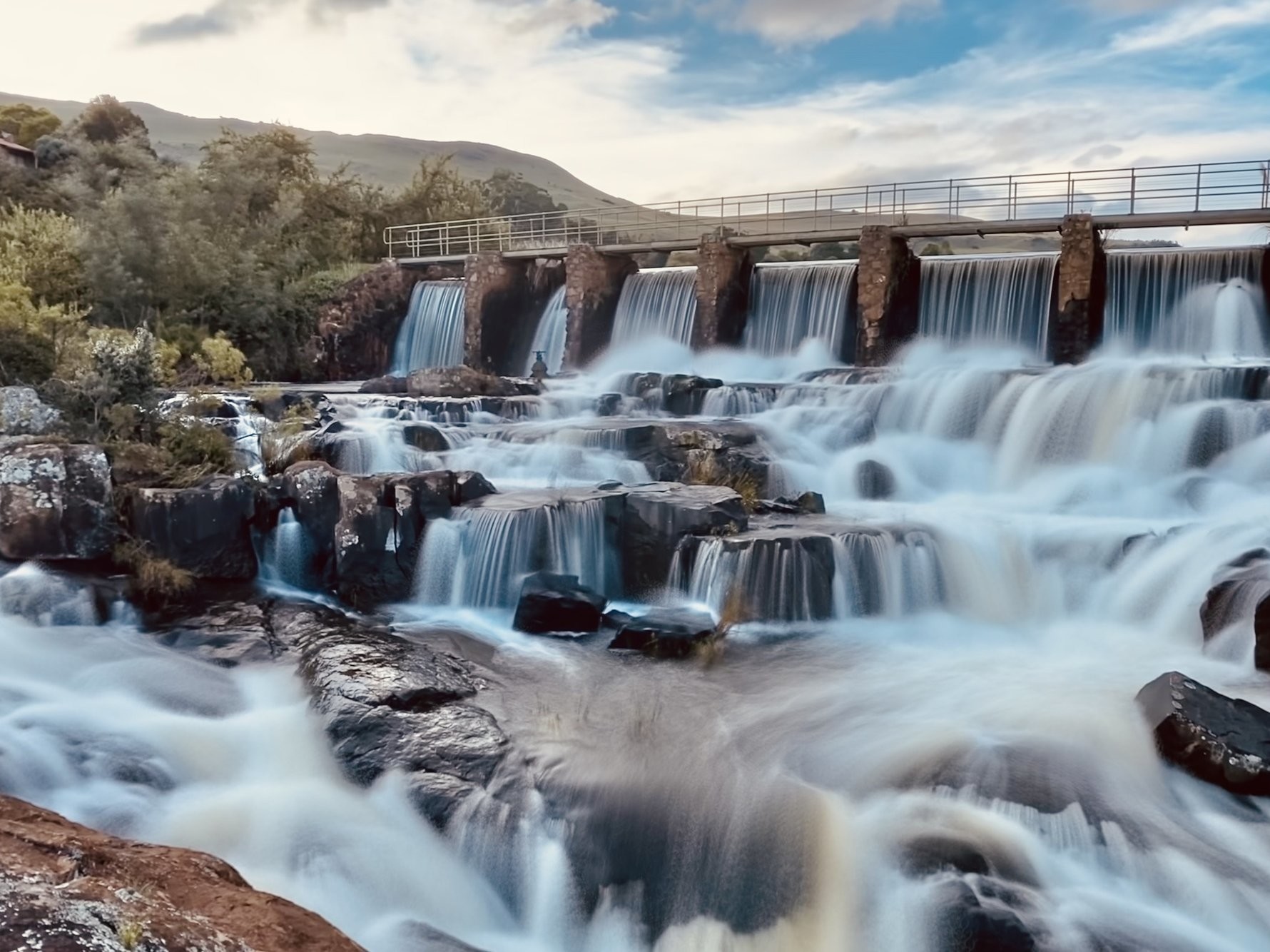The Johannesburg North Attractions Ideas
The Ultimate Guide To Johannesburg North Attractions
Table of ContentsSome Known Incorrect Statements About Johannesburg North Attractions Johannesburg North Attractions for DummiesJohannesburg North Attractions for BeginnersSome Known Questions About Johannesburg North Attractions.Some Known Facts About Johannesburg North Attractions.The Basic Principles Of Johannesburg North Attractions Johannesburg North Attractions - Questions
You ought to maintain safety in mind and vacationers should continue to be sharp at all times when in unknown surroundings. Talk with the locals when you are in town to learn about the area you are remaining in. Johannesburg North attractions. When on the street (this doesn't relate to mall and other protected environments) ideal basic suggestions is to try your best to appear like a regional and to avoid displaying any kind of type of wide range
The Only Guide to Johannesburg North Attractions
Teacher Revil Mason O. J. (Thomson, 1946) explored the Witwatersrand's pre-colonial background. His historical job took off the 'em pty land' myth, according to which the area was lacking human habitation prior to the arrival of European inhabitants. In his publications Prehistory of the Transvaal: A Record of Human Activity (1962) and Beginnings of Black Individuals of Johannesburg and the Southern Western Central Transvaal AD 3501880 (1986 ), Teacher Mason showed the level of social and financial development in the area prior to Europeans established foot below.

Get This Report on Johannesburg North Attractions
In 1878, David Wardrop located gold in quartz blood vessels at Zwartkop, north of Krugersdorp. In 1881, Stephanus Minnaar came throughout gold on the farm Kromdraai, near the Cradle of Humankind.
In March 1886, a protrusion (soon to be called the Main Reef) was discovered, rather fortuitously, on Gerhardus Oosthuizen's farm Langlaagte. Some claim that the Lancastrian coal miner George Walker found this coral reef. An additional travelling English miner, George Harrison (that had actually previously functioned in Australian mines) acquired a prospecting permit in regard of Langlaagte in Might 1886.
He chose to carry on in a pursuit for greener pastures, and disposed of his Langlaagte case for the handsome sum of 10. Alas: underneath lay the richest goldfield ever located. The discovery of this abundant auriferous reef prompted a gold rush that signalled the end of bucolic tranquillity in the southerly Transvaal.
It would, within 6 years, become the biggest town in southerly Africa. Within a years, it would make the Z. A. R. until after that an anarchical and insolvent little state the richest nation in Africa. By the turn of the century, the Z. A. R. was to exceed Russia, Australia and the United States of America to end up being the globe's leading gold producer, generating even more than a quarter of the globe's gold.
Not known Details About Johannesburg North Attractions
It was referred to as Ferreira's Camp, named after Colonel Ignatius Ferreira. He was a Boer traveler upon whom the British authorities had actually presented the condition of Buddy of one of the most Differentiated Order of St Michael and St George (qualifying him to the post-nominal letters C. M. G.) in gratitude for his role in the war that had actually deposed the Pedi king Sekhukhune in 1879.
Quickly the camp was including tents and wagons as newbies arrived daily from far and wide. By September 1886, some 400 people stayed in Ferreira's Camp, which find more info quickly boasted built iron and lumber structures. 2 various other camps were developed: Meyer's Camp on the farm Doornfontein, and Paarl Camp. The latter was nicknamed Afrikander Camp; many people from the Cape Colony settled there.

The Johannesburg North Attractions Ideas
This name got currency by word of mouth, such that the State Assistant affirmed the name to the Mining Commissioner on 9 October 1886. Stands in the town were auctioned on 8 December 1886. While some stands were cost 10, others were knocked down for as low as sixpence.
2 years later on, these erven were to alter hands for as much as 750 each. The tented camps decreased as a dorp of corrugated iron buildings established and increased north of the mines situated along the Main Reef Roadway. Locations such as Jeppe's Community (where working-class immigrants erected their houses) and Doornfontein (where the wealthy brand-new 'Randlords' started to create their luxurious homes) were soon contributed discover this to the ever-expanding map of the community.
Unknown Facts About Johannesburg North Attractions
Besides the road names, there were no signs of Johannesburg being positioned in a Dutch-speaking country. Years later on, C. W. Kearns O. J. (among the very first young boys signed up at St John's College in 1898) would certainly remember: 'A strange truth regarding Johannesburg was that, although it remained in the [Boer Republic], nearly everybody spoke English and also the Government slaves addressed one in English, unless they were very first attended to in the Taal (or Reduced Dutch)'.
Britain had a rate of interest in making sure optimal conditions for gold manufacturing on the Witwatersrand, and that the gold was exported to London instead than Berlin a necessary rendered click resources all the a lot more clamant by the Z. A. R.'s enhancing toenadering with Germany. Mine owners got on a clash with Head of state Kruger, whose plan of monopolistic giving ins (often given to his cronies) avoided mining business from acquiring materials of products (especially dynamite) and labour on their own, more affordable terms
Some Ideas on Johannesburg North Attractions You Should Know
In 1890, the Volksraad had restricted the franchise to white males who had lived in the Z. A. R. for fourteen years or longer, thus disqualifying a lot of the immigrants (who took place to be the significant contributors to the fiscus). However, frustration for the ballot was a simple pretense for promoting a various schedule; the majority of uitlanders concerned themselves as short-lived visitors and had no purpose of continuing to be in the Z.